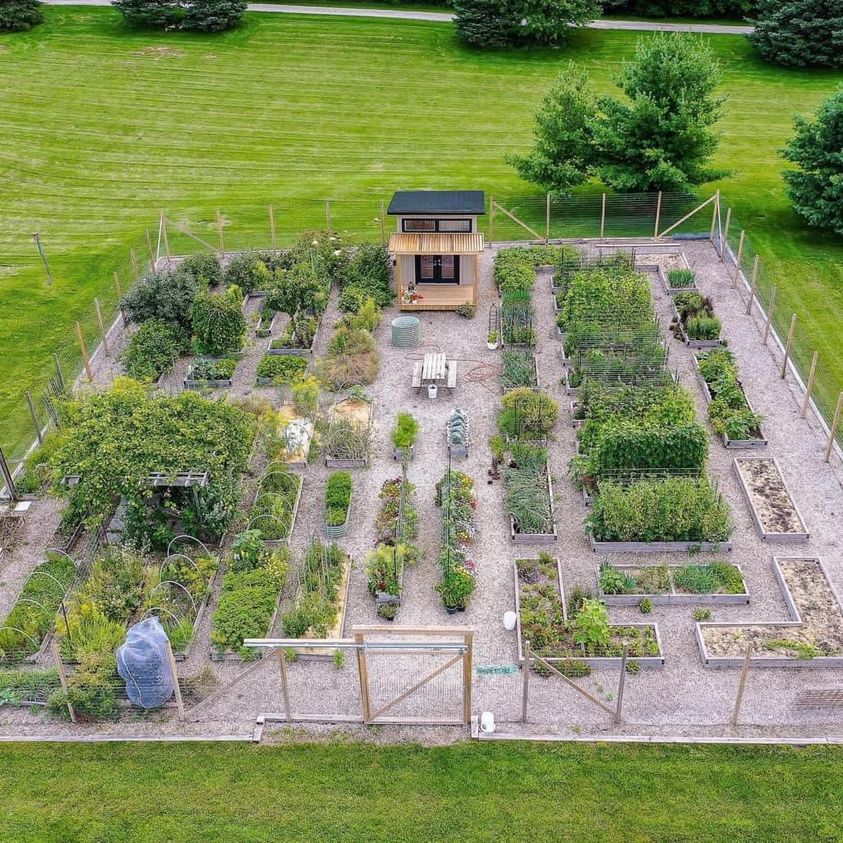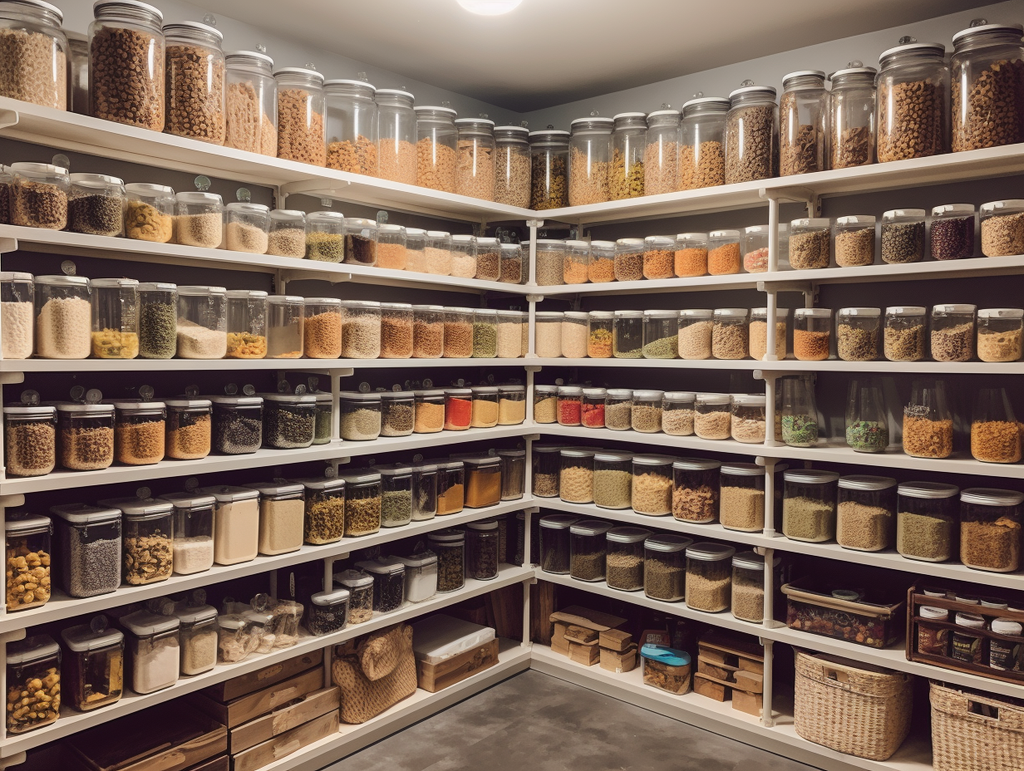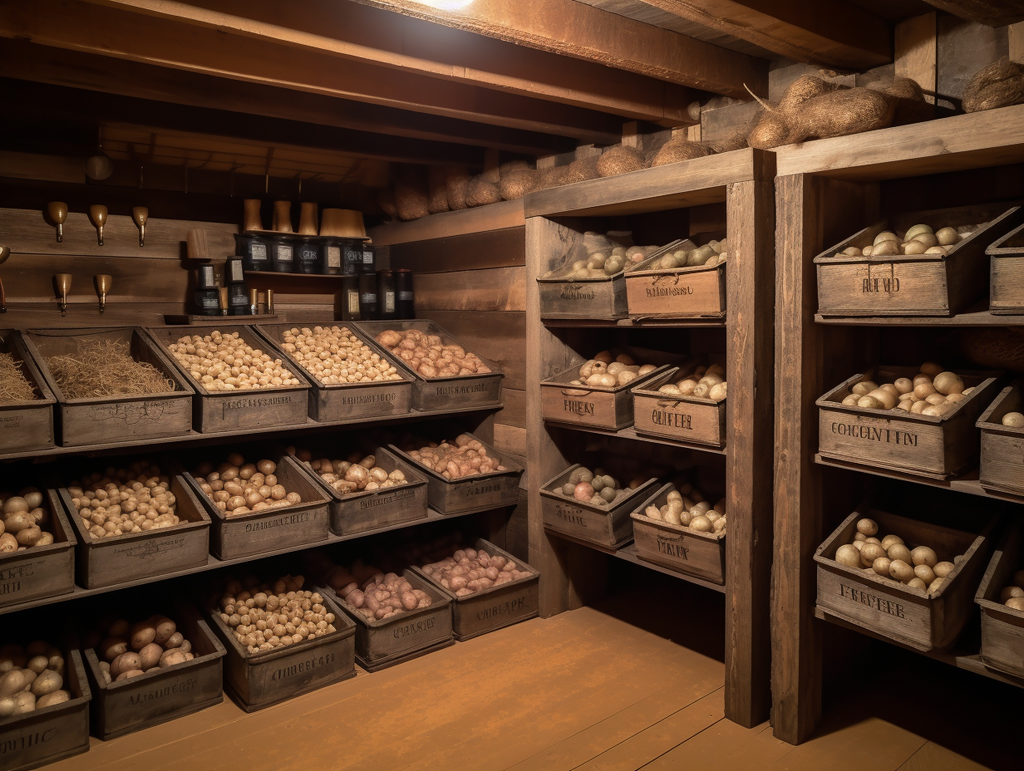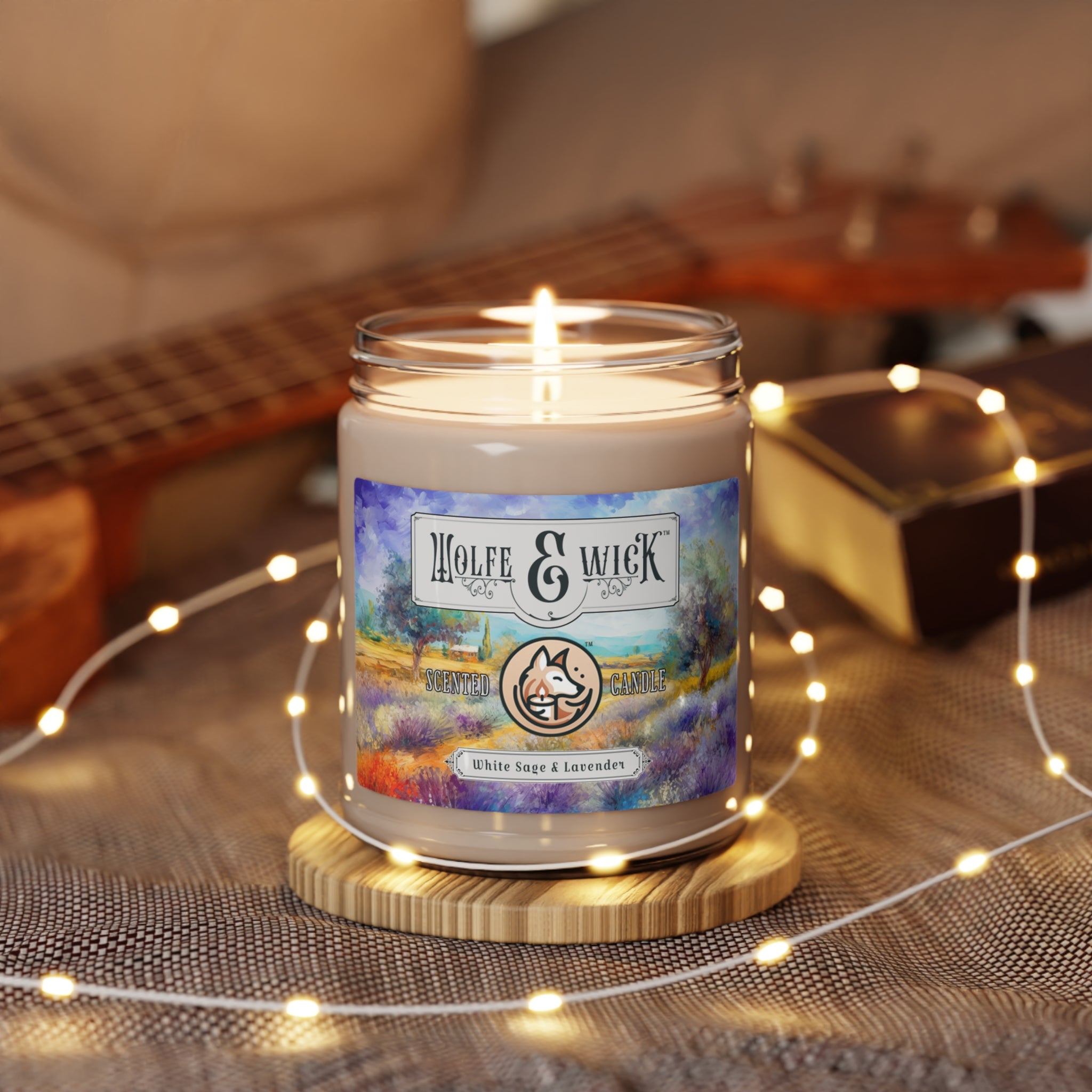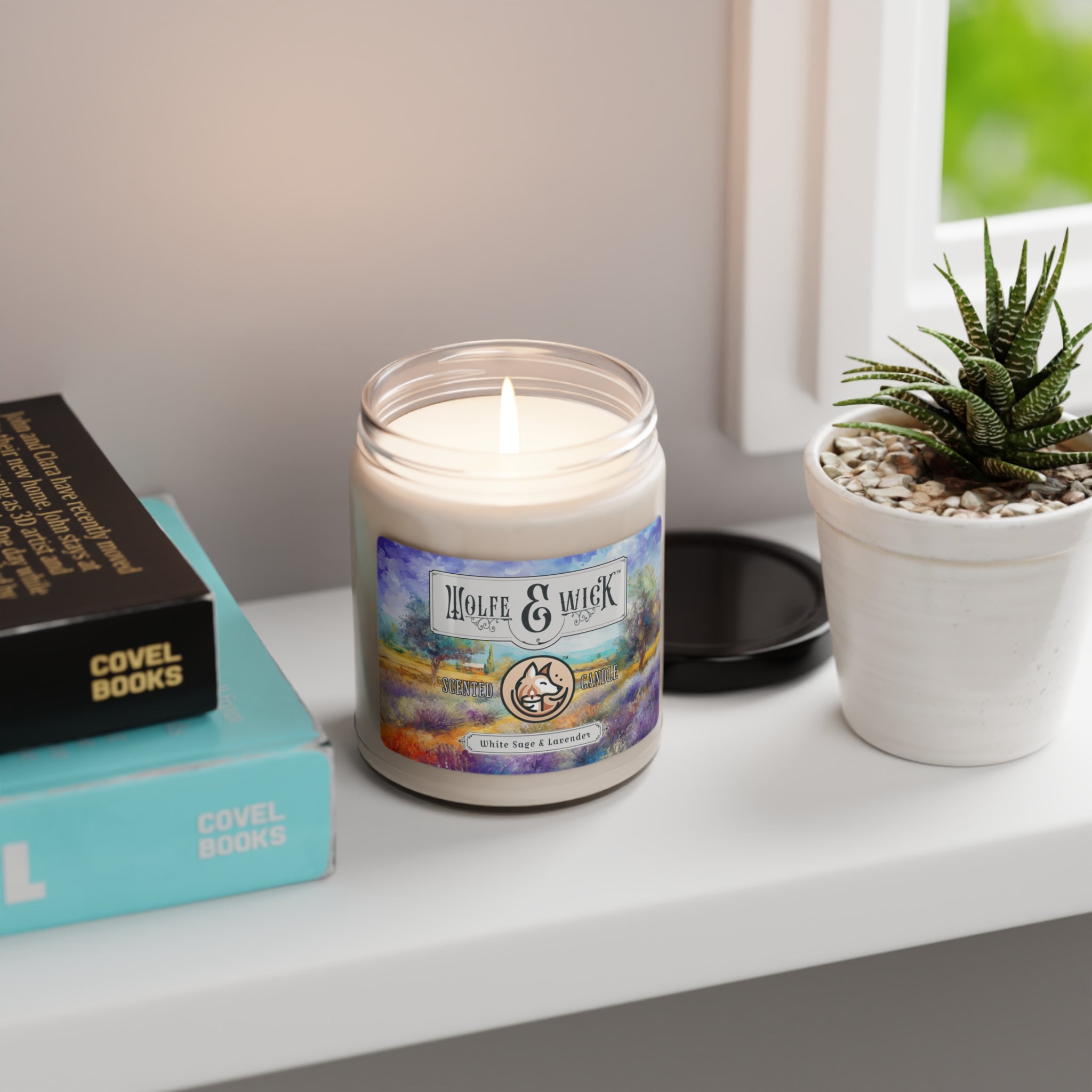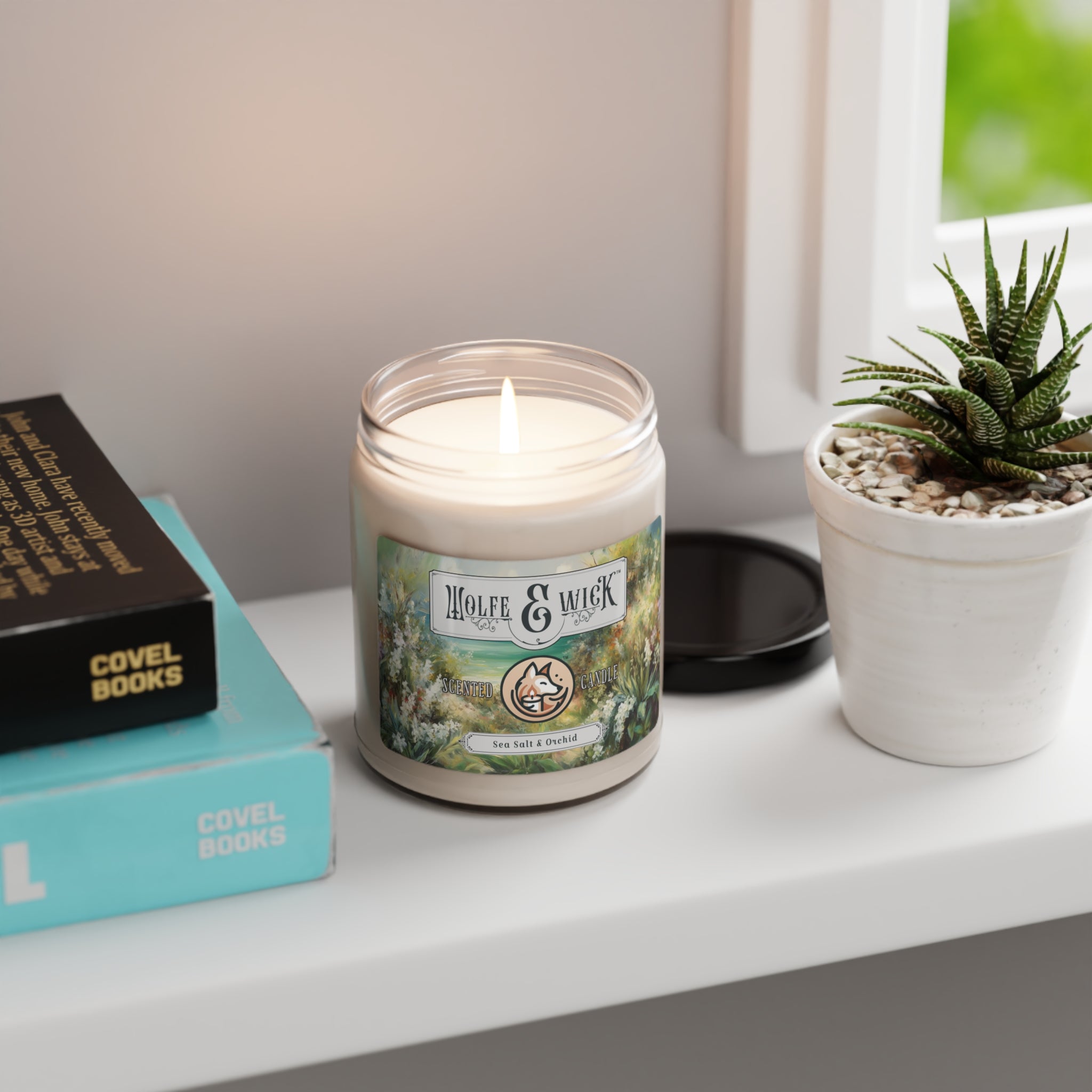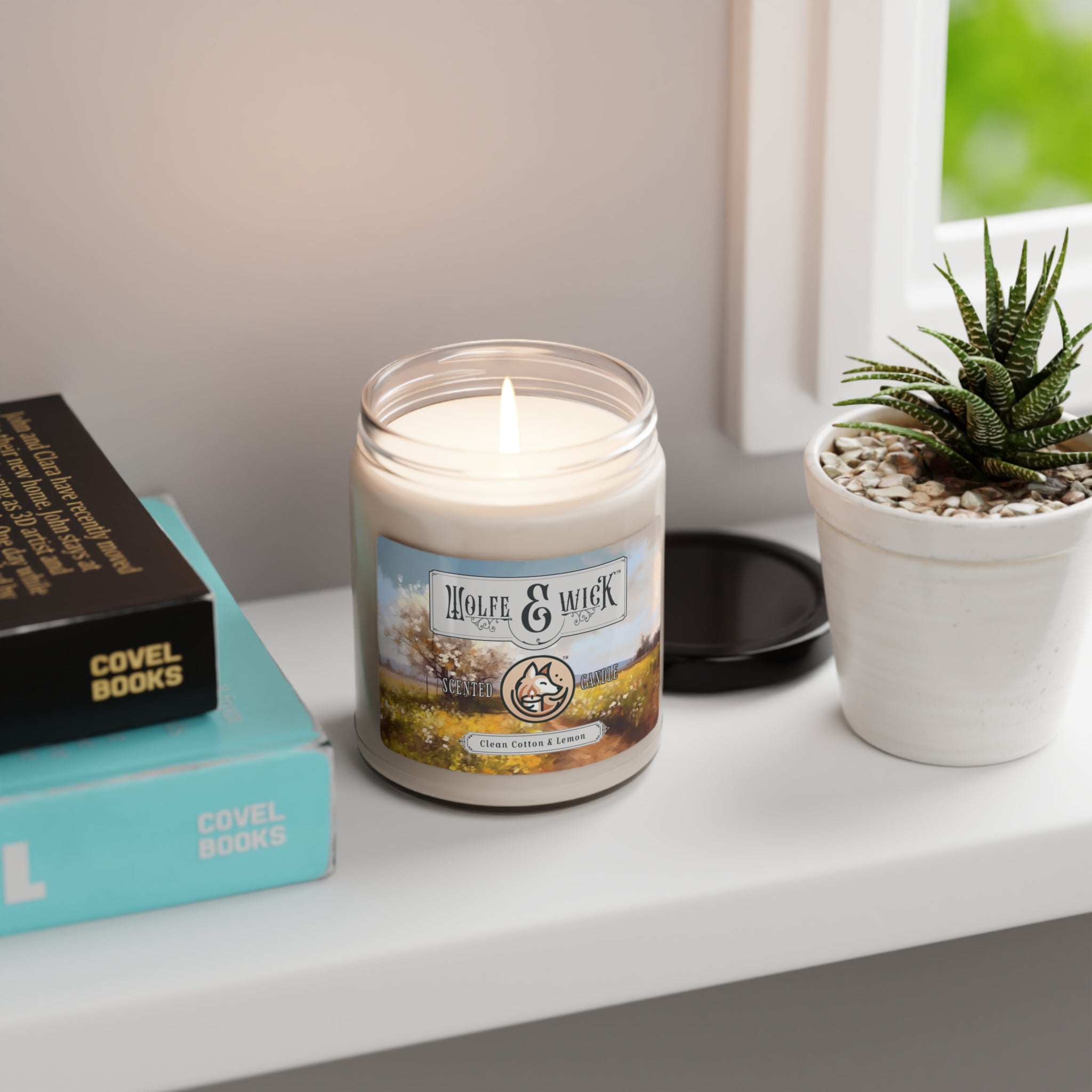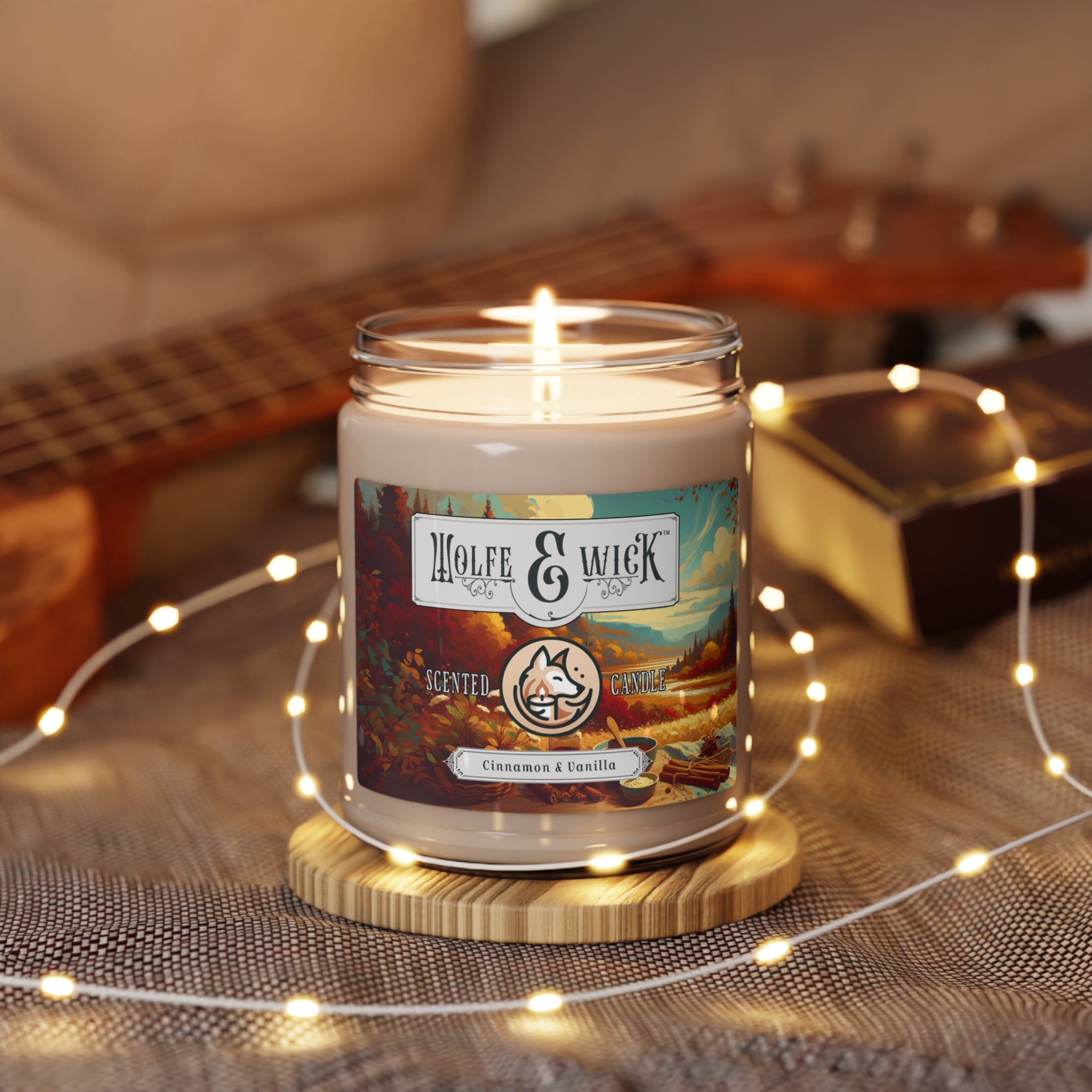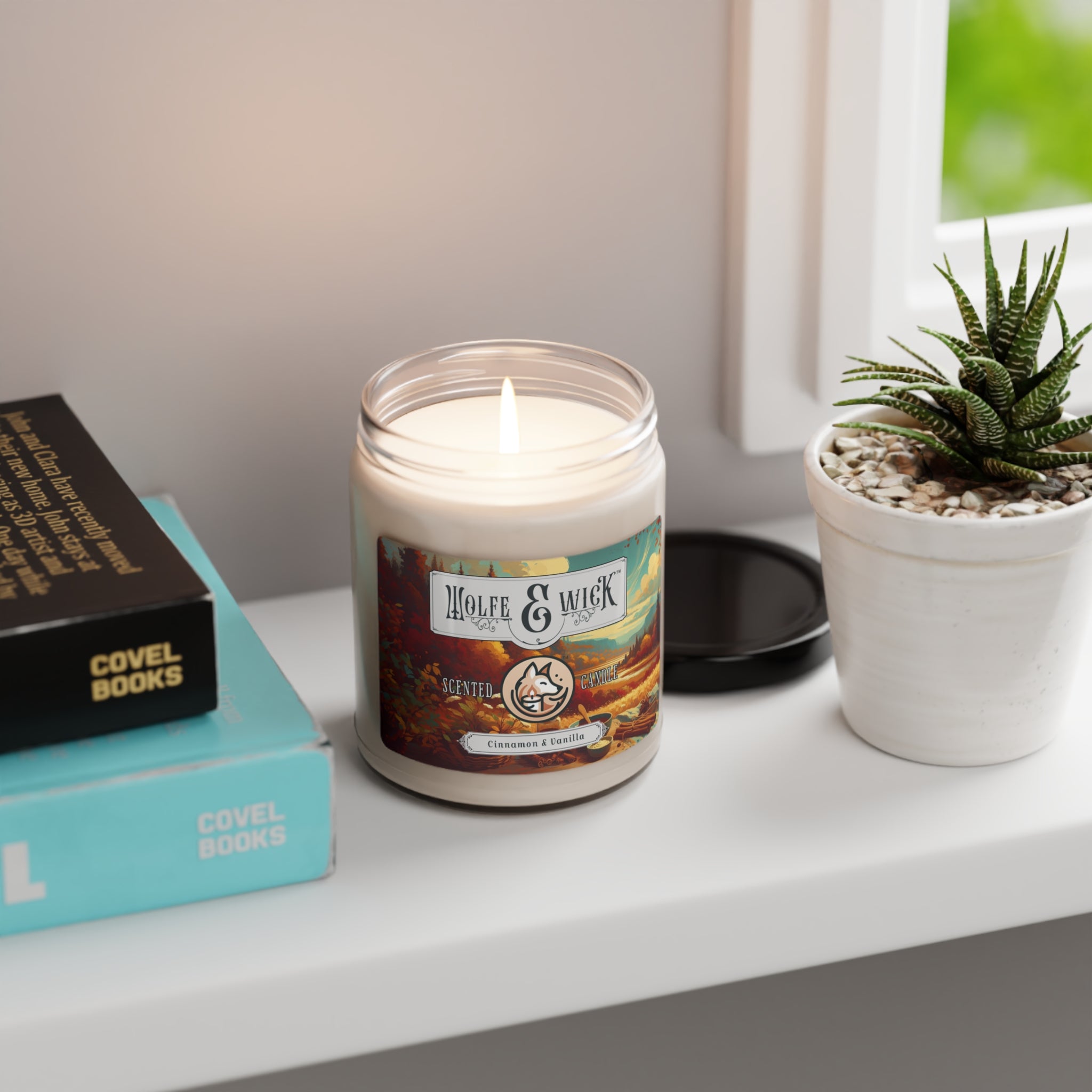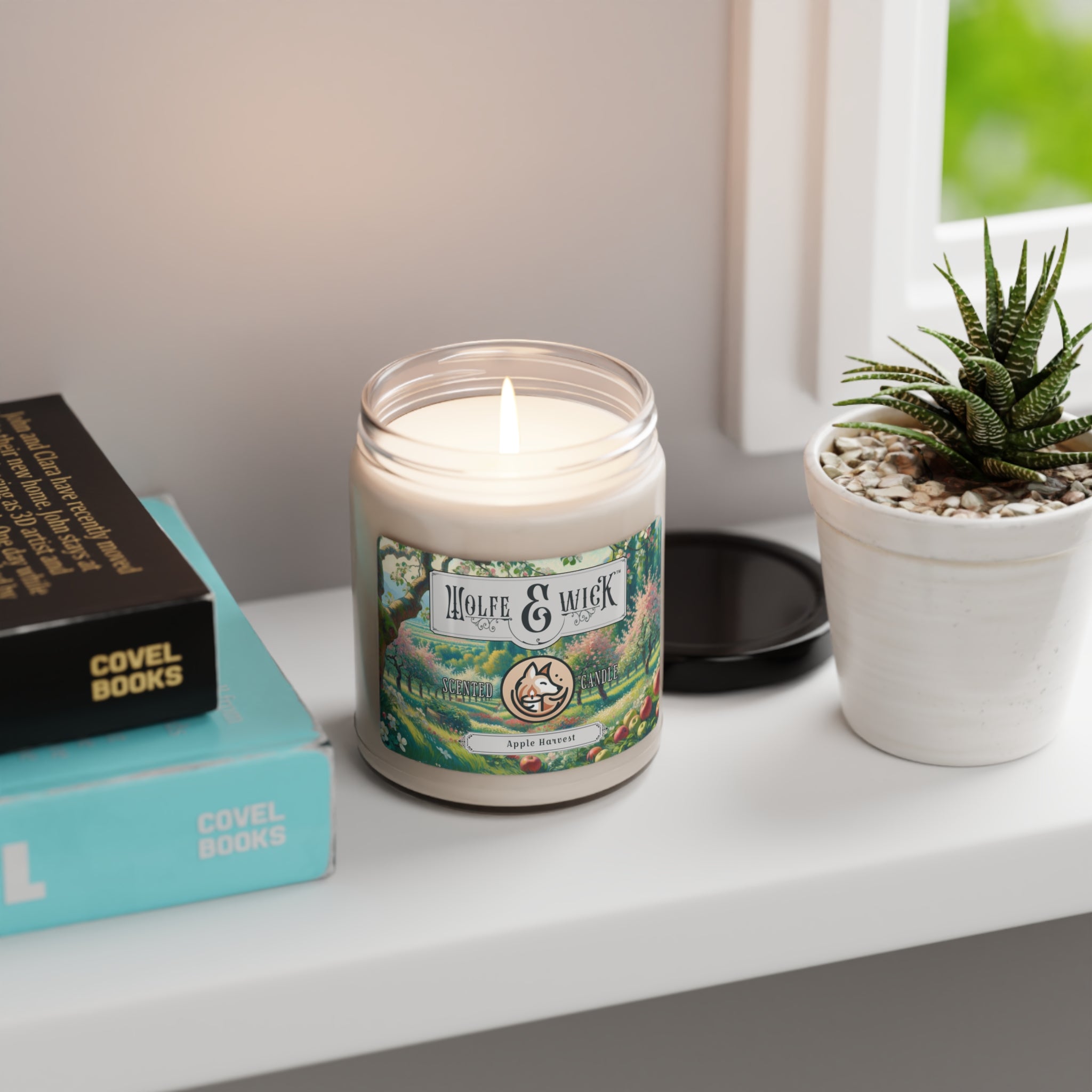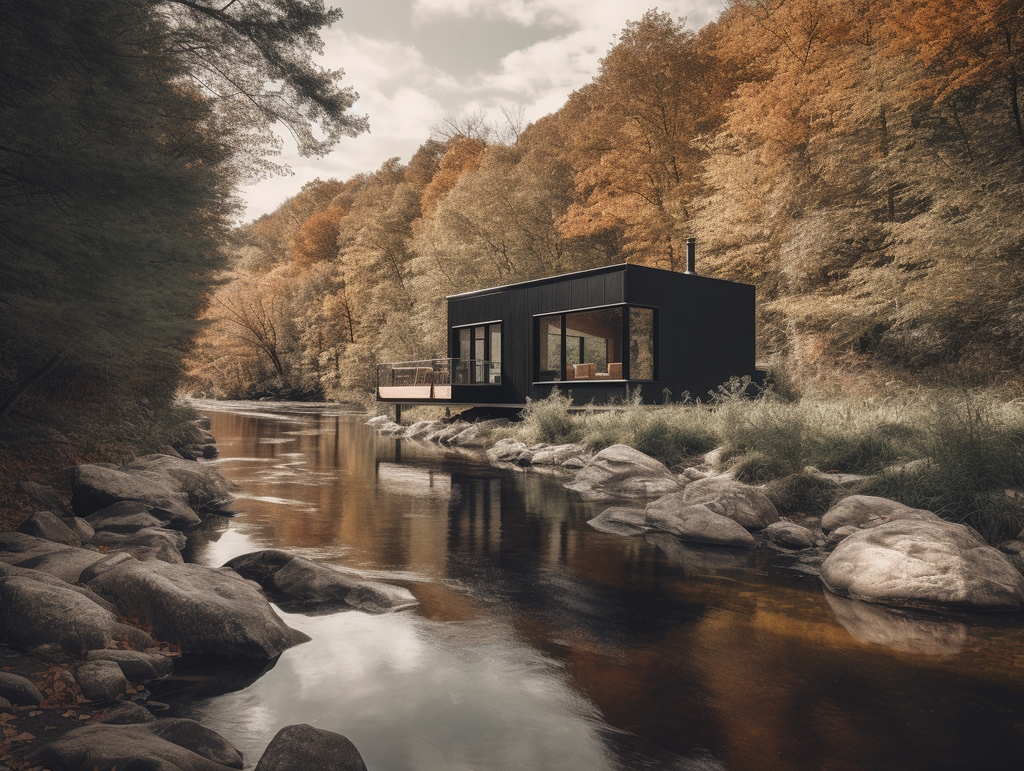
How to Build a Tiny House: A Guide to Minimalist, Off-Grid Living

Embracing a minimalist lifestyle and living off the grid can be a transformative experience. One way to achieve this is by building a tiny house. This guide will provide you with an overview of the process, from planning to construction.
Planning Your Tiny House
The first step in building a tiny house is planning. You'll need to decide on the size, layout, and location of your tiny house. Consider your daily routines and lifestyle to determine what features are essential.
Drawing up a detailed floor plan will help you visualize the space and layout. There are many tiny house floor plans available online, or you can create your own.
Next, consider where you'll build and place your tiny house. Laws and regulations for tiny houses vary widely, so you'll need to research local building codes and zoning regulations.
Building Materials and Tools
Building a tiny house requires similar materials and tools as a regular house, just on a smaller scale. Some common materials include wood for framing, insulation, roofing materials, windows, doors, and fixtures.
As for tools, you'll need basic construction tools, including a saw, drill, level, tape measure, and safety gear.
The Building Process
Building a tiny house involves several steps:
-
Foundation: Most tiny houses are built on trailers for mobility. You'll start by securing your framing to the trailer.
-
Framing: Frame out the walls, roof, and any interior walls. This step also includes installing windows and doors.
-
Insulation and Sheathing: Next, install insulation in the walls and roof, followed by exterior sheathing.
-
Roofing: Install your chosen roofing material, ensuring it's well-sealed against the elements.
-
Interior Finishing: Finish the interior walls, install flooring, and build out your chosen features, such as loft beds, storage, and kitchen and bathroom amenities.
-
Utilities: Install electrical, plumbing, and any other utilities you need. This could include solar panels, composting toilets, or rainwater collection systems for off-grid living.
Final Thoughts
Building a tiny house is a significant project, but with careful planning and dedication, it's an achievable goal. It provides an opportunity to create a space that truly meets your needs and reflects your commitment to a minimalist, sustainable lifestyle. While the process can be challenging, the reward of a home that you've built yourself is invaluable.
Keywords: tiny house, minimalist, off-grid living, planning, building materials, tools, building process, foundation, framing, insulation, sheathing, roofing, interior finishing, utilities, sustainable lifestyle.

